On the Hawaiian Islands, a diverse group of native forest birds found nowhere else on earth, known as honeycreepers, is struggling. Members of the finch family, the birds are deeply significant in Hawaiian culture. But, with less than half of Hawai‘i’s native forest remaining, the birds are threatened by habitat loss and, critically, a fatal avian malaria that is spreading to higher elevations as climate change brings warming temperatures. Today only 17 of about 50 species remain, with four nearing extinction if no action is taken. In response, a coalition of agencies and nonprofits is working to slow the spread of mosquitoes carrying the fatal disease and give these birds a fighting chance.
Mele Khalsa, a natural resource manager for TNC’s work on Kauaʻi, and Keoki Kanakaokai, a natural resource manager for TNC’s work on Maui, tell how that coalition is helping the birds and what protecting birds means to Hawaiian culture.
- Mosquitoes arrived in the Hawaiian Islands in the late 1800s, carrying avian malaria. Almost immediately many of these native birds disappeared from the warm lowlands of Hawaiʻi and those that survived retreated to the cooler, high-elevation forests where mosquitoes were less likely to go. How did this issue become so urgent again in recent years?
-
Khalsa: These birds do not have any natural resistance to this disease. One bite from an infected mosquito can kill one of these birds. Now climate change has caused the “mosquito line,” as we call it [colloquially], to raise in elevation from 3,000 feet to about 6,000 feet. I live on the island of Kaua’i and our max elevation is 5,000 feet, so there’s nowhere that’s safe for these birds.
Kanakaokai: Mosquitoes were just the most recent addition to this huge bucket of threats that we’re dealing with though. We have this pretty tragic legacy of loss when we talk about our forests and biology, and even when we start applying our culture to this. Those very tangible feelings of loss, I think, are present for a lot of us—not just Hawaiians, but for those of us who work in conservation and attach so much of our identities to these places and their creatures. But there’s a good amount of hope attached to this effort, and I think it is reinvigorating for some of us who’ve been doing this for a couple of decades now.
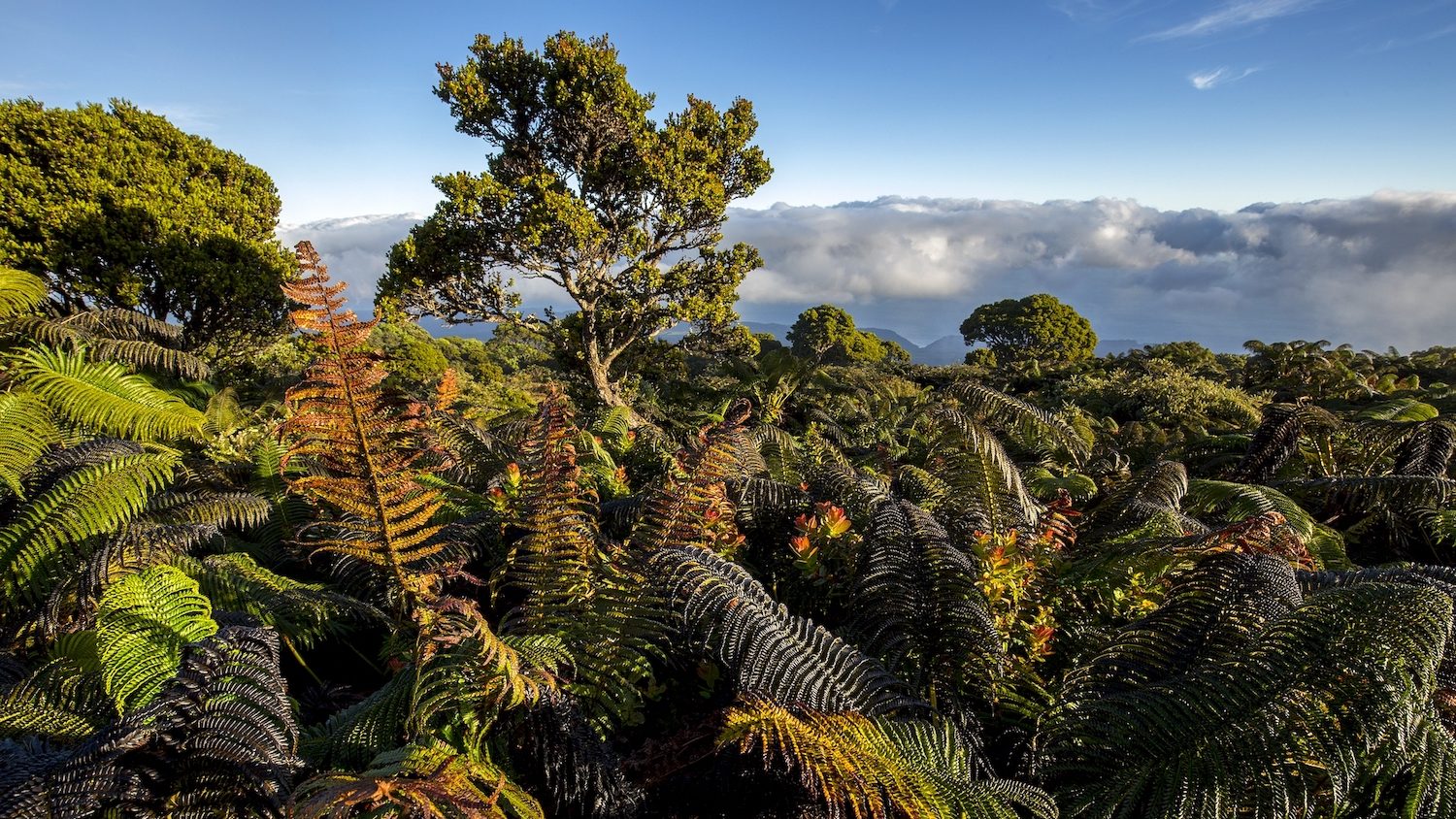
- That effort is led by “Birds, Not Mosquitoes”—a coalition of about a dozen agencies, businesses and organizations including TNC. The coalition is fighting avian malaria by releasing more mosquitoes into the wild, this time ones carrying a particular naturally occurring bacteria. Can you explain how that works?
-
Khalsa: It’s called the “incompatible insect technique,” and it’s kind of like a mosquito birth control. The Wolbachia [bacteria] within the mosquitoes needs to match up for them to successfully breed. So, what we’re able to do is use a strain that will not match with that in the wild population. Then, when you release a bunch of male mosquitoes—which don’t bite and don’t spread diseases, females are the only ones that bite or feed on blood—you can flood the system with these incompatible males, causing the population of wild mosquitoes to crash because they can’t effectively breed. This technique has been used to control diseases, mostly things like Dengue fever. But it had never been applied for conservation before.
- Is there any concern about a reduction in mosquitoes on the broader food chain on some of these islands?
-
Khalsa: There are no native species that rely on mosquitoes as a food source here, and there are no ecological connections that are specific to mosquitoes here. Also, we’re only controlling one species of mosquito. There are many others. They’re just not the ones that transmit avian malaria.
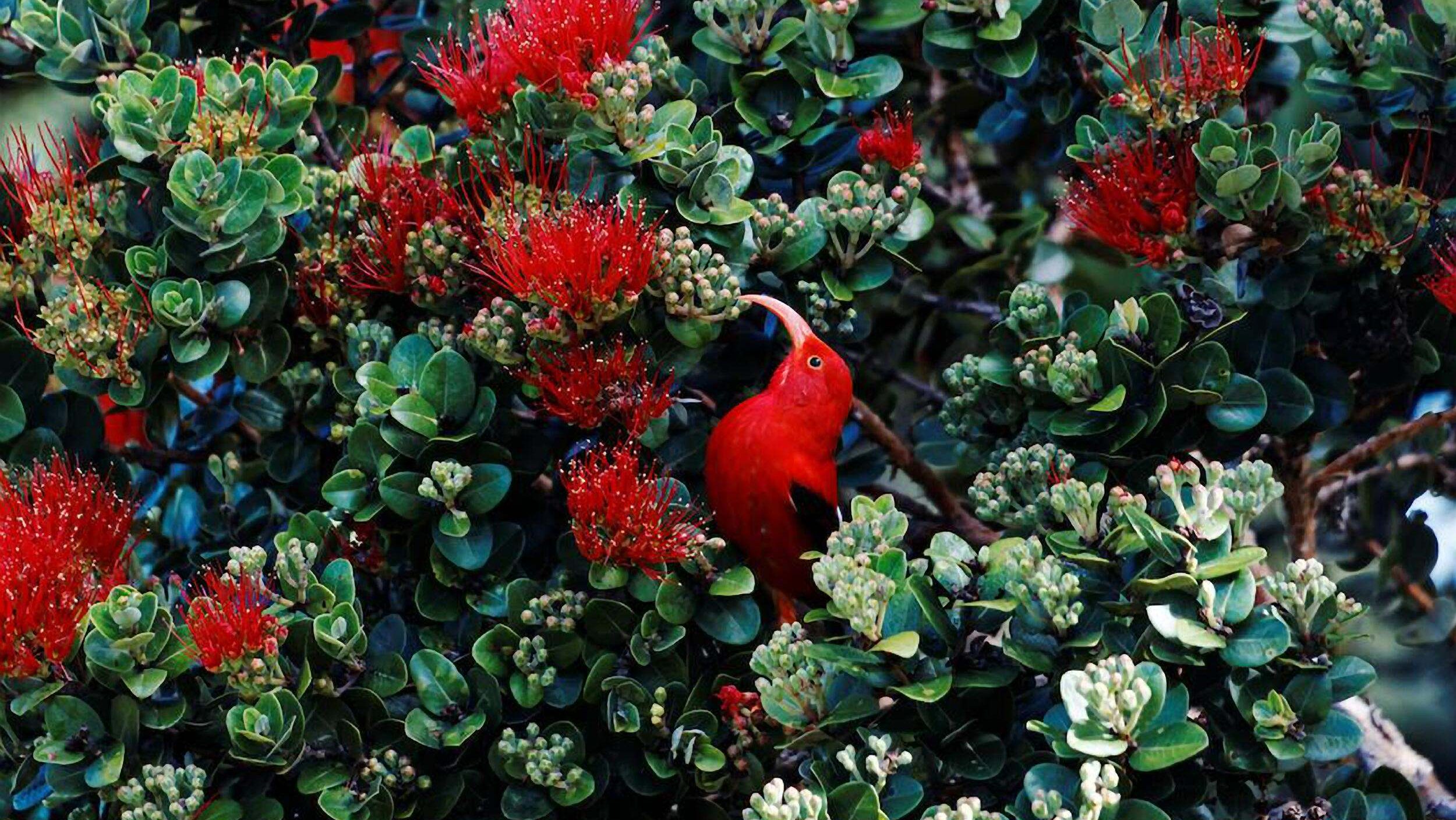
- How far along are you in the project?
-
Khalsa: This is a “control project,” which means that it’s a constant effort. It’s not a single-point release, and then we’re done with it. Mosquitoes only live about a week at a time, so we’re doing weekly releases over a few thousand acres of remote forests on East Maui. Those started in November, and they will continue for at least a year. And then from there on out, we will see what the funding allows. Kauaʻi is next on the list because our forest birds are in such dire straits. Eventually we would like to be able to do this in all areas across the state where there is native forest bird habitat. They’re so important for both the ecology and the cultural connections of Hawaii.
- What are some of those cultural connections?
-
Kanakaokai: As Hawaiians we view these birds as our ancestors, as deities, as even our family members who have passed. They are ‘aumakua, or guardian ancestral spirits, for many people. This kind of convergence of the sacred along with ecosystem services and things that we need, it just heightens the importance of doing this work.
- How will you know if the control project is working?
-
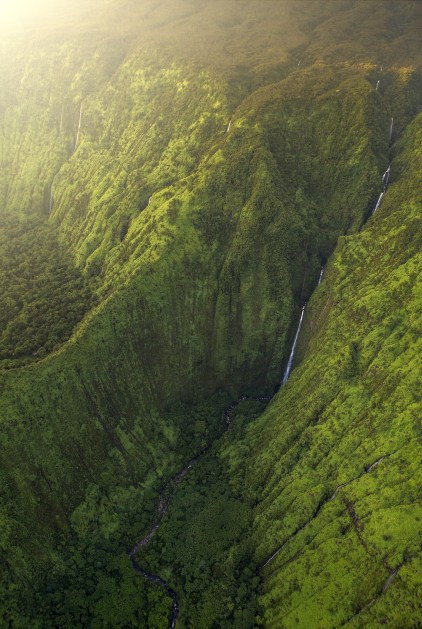
Aerial view of Waikamoi Preserve, Maui, Hawaii. © Ian Shive Khalsa: We have mosquito traps set up in [the release] locations, and we have a really robust monitoring plan that’s trapping adult mosquitoes. We send them off to the lab to get tested to see what strain of [the bacteria] they are carrying. And then we also are sampling mosquito eggs and larvae. We hope that our mosquito numbers will drop overall, and that we will not find any more mosquitoes within this project area—that the only mosquitoes that we track would be the males that we have been releasing.
This [project] is something that we’re able to do right now to save these birds from imminent extinction. This may not be the “end all be all” solution where we can eradicate this disease, but it is a way that we can protect these populations now and buy us some time, so that we can figure out what else can be done.
- Some of these birds are critically endangered. Recent surveys of the ʻakikiki only found five in the wild. What’s lost if the birds don’t survive?
-
Khalsa: There’s a traditional saying [ʻolelo noʻeau]: If our birds thrive, our forest thrives, I ola nā manu nahele. The birds are pollinators, they are seed dispersers, they eat grubs and insects from underneath the trees, they contribute to the nutrient cycling within our native forests. If we lose these birds, we lose those biological connections.
Kanakaokai: The word pilina literally means entanglement, but figuratively, it’s “relationship,” it’s that which ties us together, that which entangles us and unites us in a broader sense. It’s an increasingly big focus of our work. We know there have been so many generations who have had this broken pilina to our sacred spaces. We haven’t, as Hawaiians, had the privilege to be kahu, or stewards, and take care of these places like our ancestors did, which I think is a very unmooring thing for a lot of young Hawaiians.
When you memorize plants and species in a biological sense, they’re just kind of puzzle pieces. But to actually understand systems and how they work, you have to look at the relationships between the life and the water and the land and all these other things. It’s a learning journey for myself and I think it’s something very deep and intergenerational for Hawaiians who have inherited kind of a legacy of loss, of disenfranchisement, but who now find ourselves in positions where we can make really great impacts.
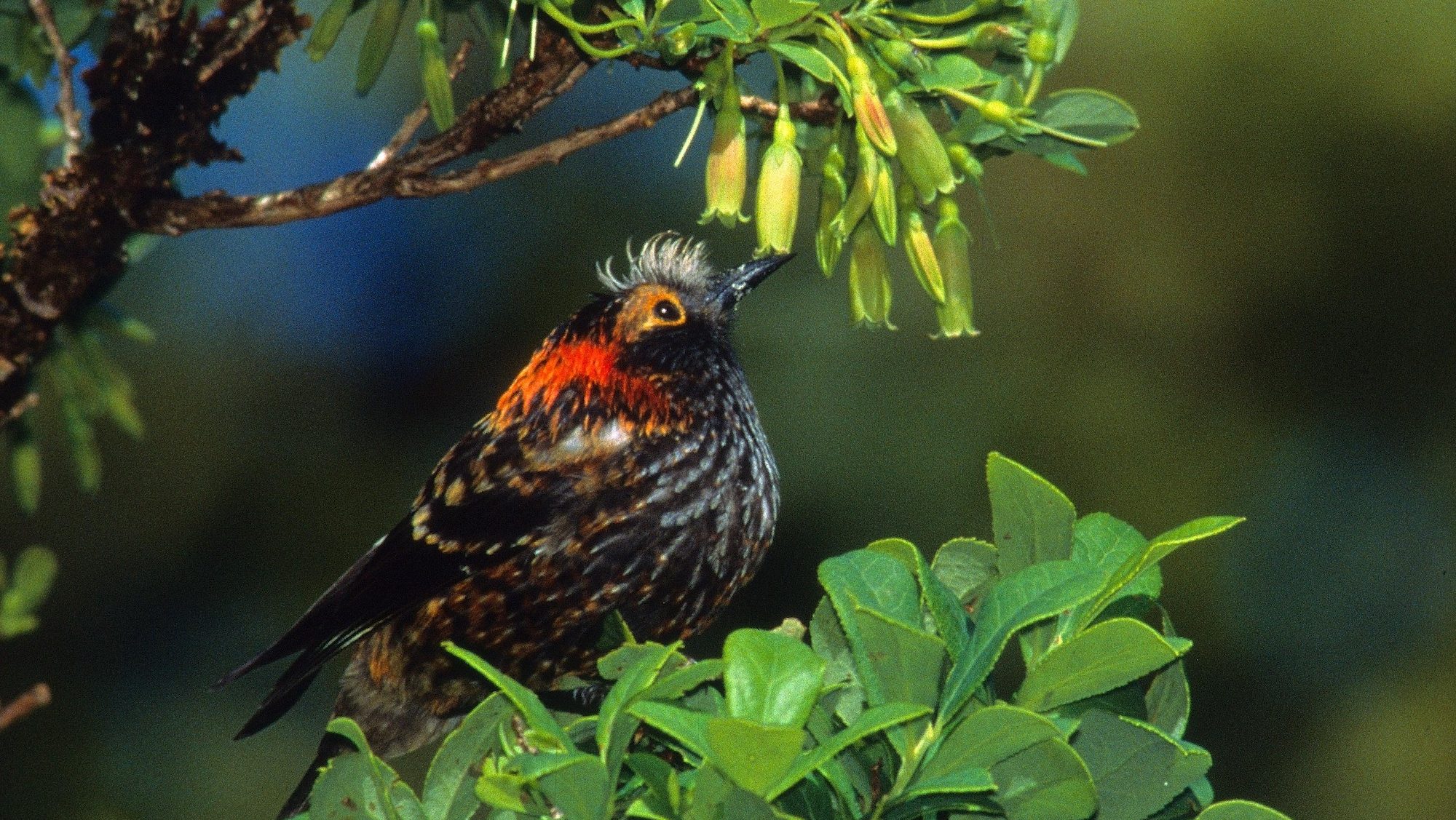
- Thinking about those potential impacts, what are the next steps to help these birds?
-
Khalsa: There’s a lot of work from many different agencies in many groups to tackle all of these issues. We’re tackling it from many different ways: forest restoration, keeping weeds out of this beautiful forest area that they call home. We are keeping invasive pigs especially out of their areas, because pigs damage the understory and create wells that fill with water and boom, mosquito larvae everywhere. Some birds are being reared in captivity too in order to bolster their population so that they can be re-released into the forest once the mosquitoes are effectively suppressed out.
We’ve been able to successfully work on all of those aspects for many years, but this disease spread was something that we just didn’t really have an effective tool for before this. Now that we have this project, this mosquito birth control, we’re able to target this last prong of the issues that our forest birds are facing.
- What do you hope to see happen in the long run?
-
Kanakaokai: Half of our native forests are gone, but of our dryland forests, more than 95% of that is gone, and that was the most bio-diverse ecosystem we had. I come from a dryland area. This is kind of a fantasy of mine, but what I would love to see would be to have these nā manu nahele, our forest birds, occurring again at sea level, occurring around our houses, living in healthy communities that are in balance with nature.
We manage a couple of preserves that do have this stratification into this dryland system and it’s a noticeable missing component when I’m there. I hear the “weedy” birds, or the non-native birds, and to my ears, it’s this constant reminder, like having an alarm clock reminding you, that this isn’t right, that we need to fix this. Having an effort like Birds, Not Mosquitoes is really the first time that—even though it may not be a probability—it’s the first time that it is a possibility to get these birds down at lower elevations where we can see them again, where they can be part of our lives.
This piece combines interviews with both Khalsa and Kanakaokai and is edited for clarity and brevity. A version of this Q&A ran in Nature Conservancy magazine. Read other stories from Issue 2, 2024 here.
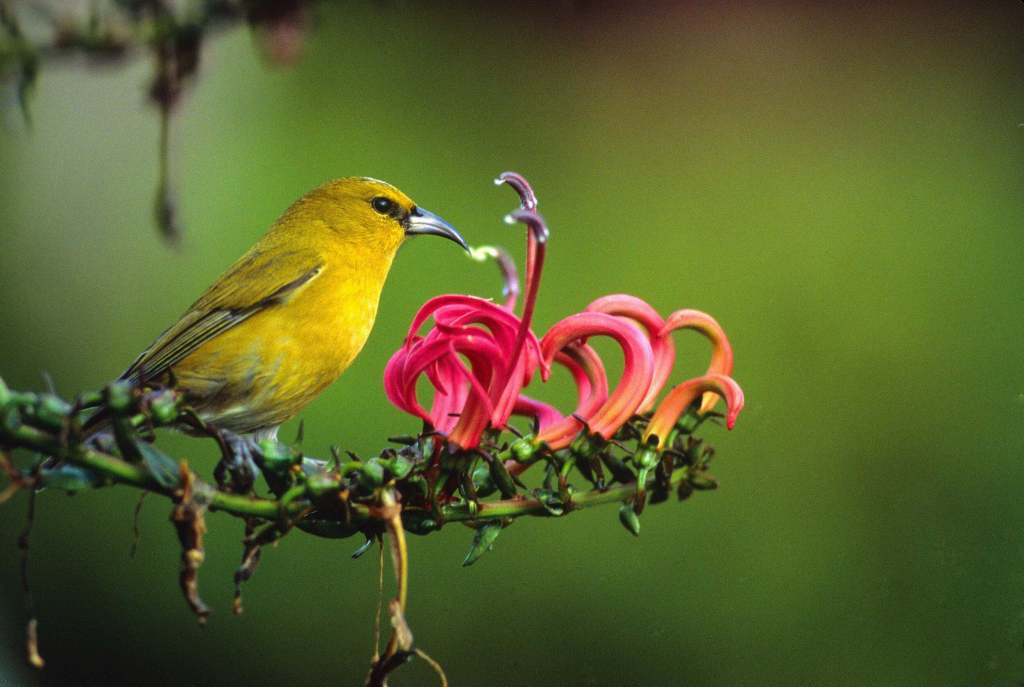



Join the Discussion